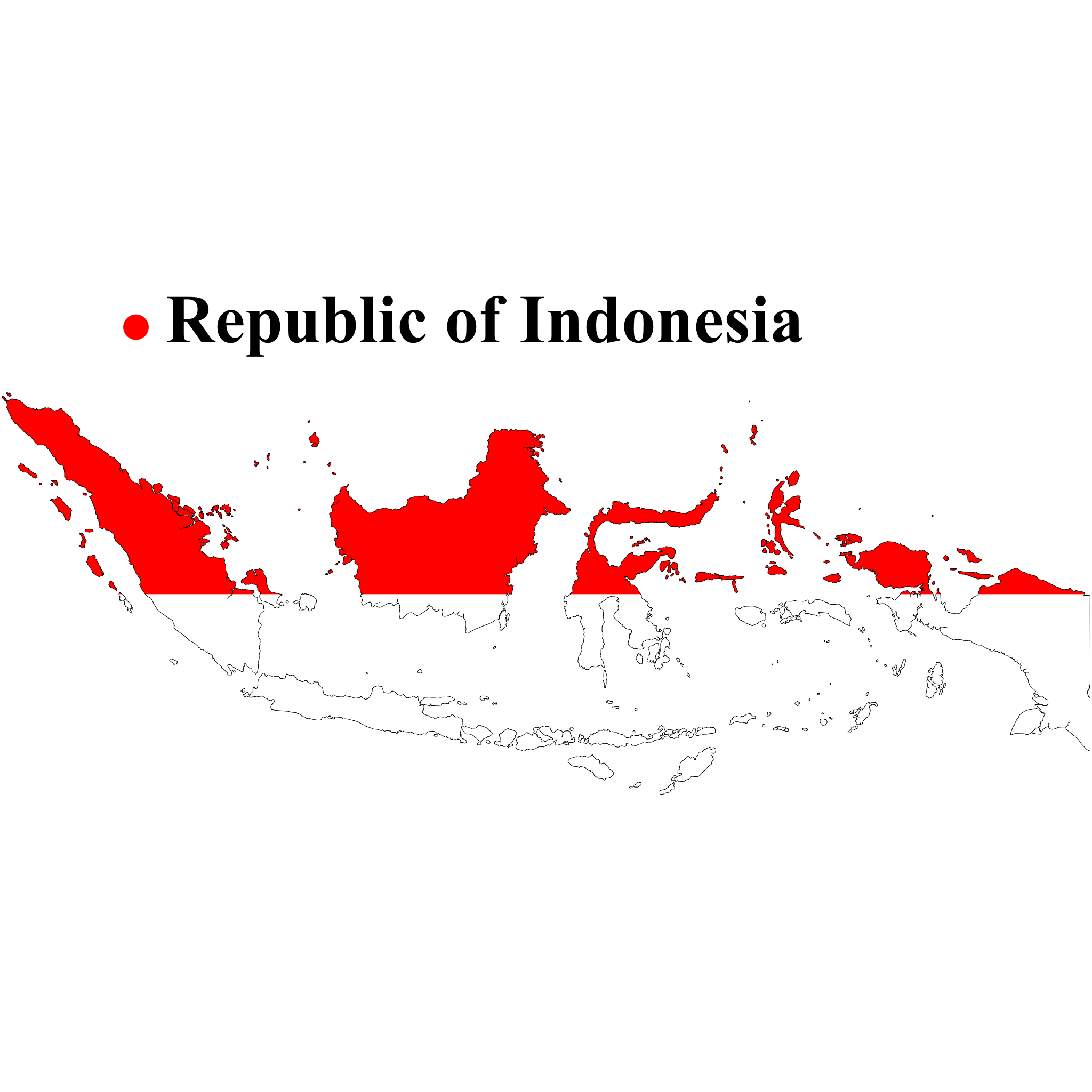Key Features of Indonesia export Trade Data
Detailed Export Shipment Intelligence
- Gain end-to-end visibility into export transactions including exporter names, overseas buyers, HS codes, product details, quantity, value (FOB), shipment dates, port of loading, and more
Official Data from Verified Customs Sources
- Export records are sourced directly from Indonesia Customs, and validated via port authorities and shipping documentation for maximum accuracy.
Global Buyer Mapping
- Identify top international buyers by product, destination country, and frequency of purchases to target high-value export leads.
Dynamic Filtering & Search Tools
- Use advanced filters to sort export data by product, HS code, destination country, exporter name, date range, port, and transport mode for customized insights.
Live Export Trend Monitoring
- Monitor export activity as it happens, identify fast-moving goods, and stay alert to shifts in global demand and seasonal patterns.
Exporter & Market Share Insights
- Analyze Indonesia's key exporters by industry or product segment and compare export volumes, trends, and pricing strategies.
Commodity Flow Analysis
- Track top export commodities such as palm oil, coal, textiles, rubber, and electronics to understand product performance and market penetration.
Export Pricing Benchmarking
- Evaluate FOB prices across different exporters and products to benchmark competitiveness and negotiate better deals.
Trade Partner Risk Screening
- Verify overseas buyers, analyze trade patterns for red flags, and ensure compliance with export regulations and international trade restrictions.
Support for Strategic Market Expansion
- Spot new growth opportunities by analyzing export destinations, buyer activity, and underserved markets.
Monthly Data Refresh & Accuracy Checks
- Get updated export records every month, with checks in place to maintain data accuracy and completeness for confident decision-making.
Port-Level Export Performance
- Examine exports by major ports such as Tanjung Priok, Belawan, Surabaya, and Makassar to optimize logistics and export strategies.
Long-Term Export History Access
- Explore multiple years of export data to track performance trends, forecast demand, and assess long-term growth opportunities.
Segment by Shipment Mode
- Analyze export trends by sea, air, or land to evaluate logistics costs and performance by trade route.
Business Development Insights
- Use real trade data to build target lists, identify emerging buyers, and create data-backed sales strategies for Indonesian exporters.
Structured, Downloadable Data Formats
- Receive clean, Excel/CSV-ready datasets suitable for analysis, CRM use, procurement tracking, and forecasting.
Indonesia’s Strategic Export Advantages:
Gateway to ASEAN & Indo-Pacific Trade
- Positioned at the crossroads of major shipping lanes, Indonesia offers logistics advantages for regional and intercontinental trade.
Abundant Natural Resources & Raw Materials
- With vast mineral, agricultural, and energy reserves, Indonesia fulfills global demand for essential commodities.
Growing Export Infrastructure
- Significant investment in special economic zones (SEZs), digital customs systems, and port upgrades is enhancing export efficiency.
Supportive Trade Agreements
- Indonesia benefits from ASEAN FTA, RCEP, bilateral trade agreements, and GSP schemes, increasing market access and competitiveness.
Diversification in Value-Added Exports
- Rapid growth in downstream processing and manufacturing is transforming Indonesia from a raw exporter to a value-added exporter.






